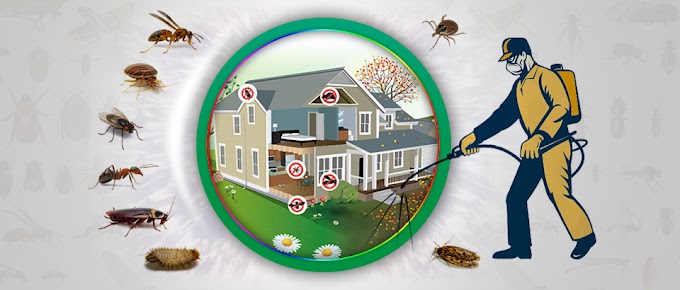If you want to know what organic weed control methods you should use in your garden, then you have come to the right place. This article will provide you with information on several different aspects of weed control, including Cultured weed control, Flaming, Set a weed threshold, and Soil solarization. You'll also learn how to make sure your soil is in top condition, which is essential in order to successfully prevent weeds from growing.
Cover your Garden Soil With Organic Matter
Adding
organic matter to your garden soil is an inexpensive way to keep weeds at bay.
It will also enhance your plants' health, and make your garden a lot more
enjoyable. You can use compost, straw, pine needles, and other materials.
For
a successful garden, you need a healthy, well-draining, and productive soil.
This is accomplished by incorporating beneficial microorganisms and minerals
into your soil. These organisms will recycle nutrients for your plants and
provide food for the other members of the subterranean "food web".
A combination of water, air, and rock are necessary for good
garden soil. The amount of inorganic particles that your soil has will affect
how it feels to walk on, how well it drains, and how much moisture it can
retain.
Set a Weed Threshold
Using
a weed management program to control weeds is an important part of maintaining
an organic farm. There are many ways to go about doing this. A comprehensive
and systematic approach to controlling weeds is the best approach to take.
There are several methods of doing this, including the use of herbicides, as
well as incorporating non-chemical approaches. In addition to using a variety
of methods to get rid of weeds, incorporating good weed-control practices into
your crop rotation can result in fewer weeds and higher yields.
The best way to approach lawn weed control calgary is to incorporate an IPM
(Integrated Pest Management) plan. This includes the use of non-chemical
controls as well as a systematic program for planting out suitable weed-control
measures.
Flaming
Using
a flaming herbicide can be a great way to control weeds. Although this method
is fairly effective, it can cause some non-target effects and should be
performed carefully.
Flame
weeding involves sweeping a propane torch over the soil and plants to generate
a high-heat, burning flame. The flame is not used to burn the plants, but to
destroy their protective leaf surface and disrupt their cell membranes.
Some weeds are more susceptible to the heat than others. For
example, broom seedlings are highly susceptible when they are at the three- or
four-leaf stage. However, some succulent weeds can tolerate the heat.
Cultured Weed-Control Practices
Cultural
weed-control practices involve maintaining favorable field conditions and
suppressing weeds before they germinate. These methods reduce weed competition,
increase crop growth, and reduce the number of herbicide applications.
A
weedy vegetable field can spell disaster for your crop. This is because weeds
compete with the crop for water and nutrients. They also host pests and diseases.
Weeds may be poisonous and harmful to animal life. They can lower the value of
livestock products.
To
control weeds organically, farmers use a combination of mechanical and cultural
tactics. These tactics include tillage, mowing, and burying weeds.
These techniques can be combined with cover crops to further
limit weed niches. Mulching also reduces weed seed stimulation.
Soil Fertility and Condition
Organic
weed control practices can improve soil fertility and condition, reduce weeds,
and increase crop production. Using cultural weed-control techniques such as
intercropping, no-till cover crops, and seedbed preparation can produce a
highquality crop while reducing weed pressure.
Planting
a succession of quick maturing crops will draw down populations of problematic
weeds in longer season vegetables. A diverse crop rotation of warm season and
cool-season crops can expose a wide range of weed species to significant crop
competition.
A good soil structure supports plant roots and helps to
maintain a rich microbial population. These organisms provide a source of
nutrients that weeds use for growth and reproduction. Weeds can also help
recycle soluble nutrients.
Soil Solarization
Soil
solarization is a weed control strategy that utilizes the power of heat to kill
weeds and other soilborne pathogens. It may also increase the availability of
essential plant nutrients. It can be effective in some situations, especially
in hotter climates. However, it is not for everyone.
It
is important to note that while solarization is not a foolproof way to control
weeds and other soilborne pathogens, it may be helpful. Some studies have found
that it is effective at controlling some intractable weed problems,
particularly nut sedge, which grows as a rhizome.
Among the best times to apply soil
solarization is late June through August in inland California and a few weeks
in the fall in coastal areas. In hotter, humid climates, the best time is in
July.








